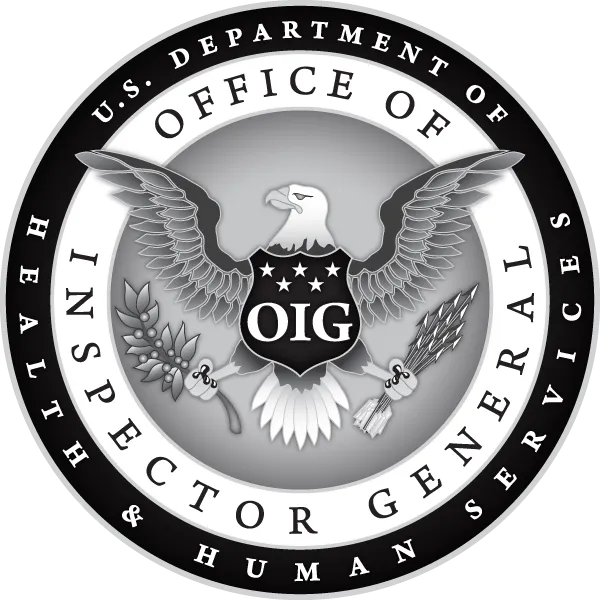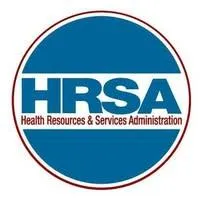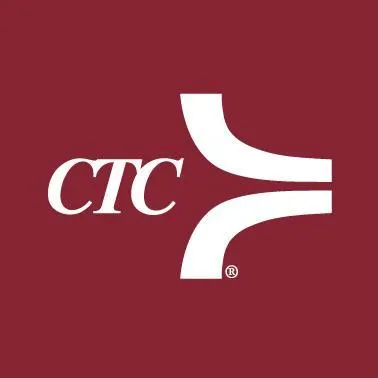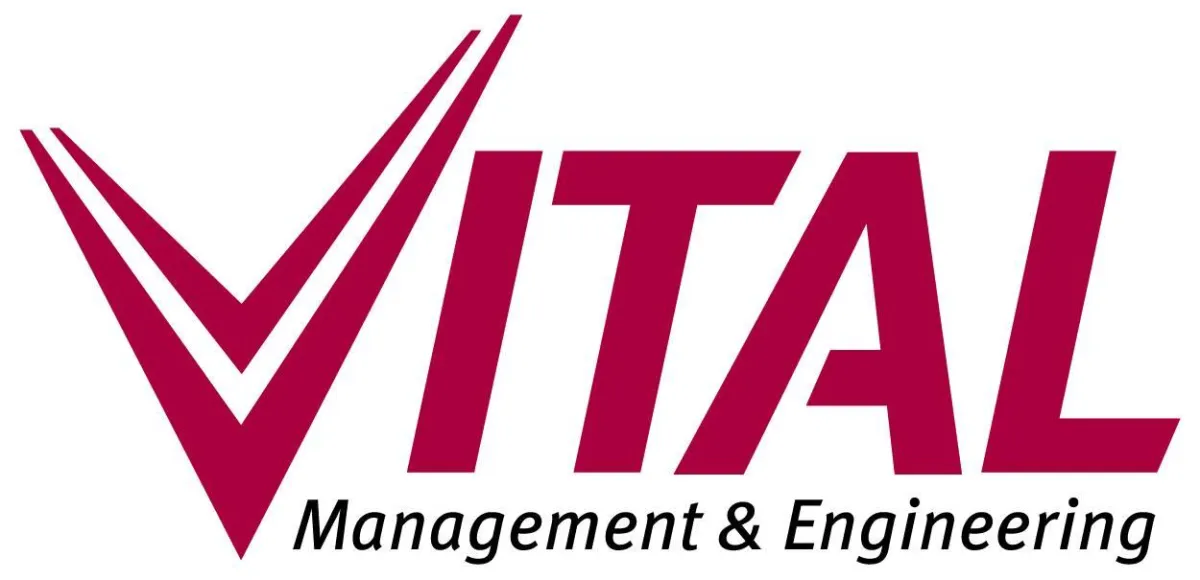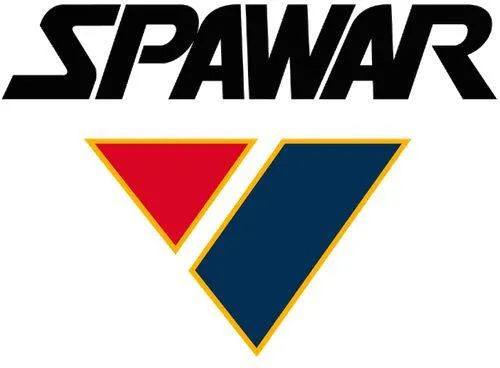Turning PHYSICAL Documents into Intelligent Assets
Section 508 and ADA Title II and III ready.
Master Your Document Lifecycle
DIGITIZE | MAKE ACCESSIBLE | MANAGE
We transform your unstructured documents into secure, compliant, and actionable information—at scale.
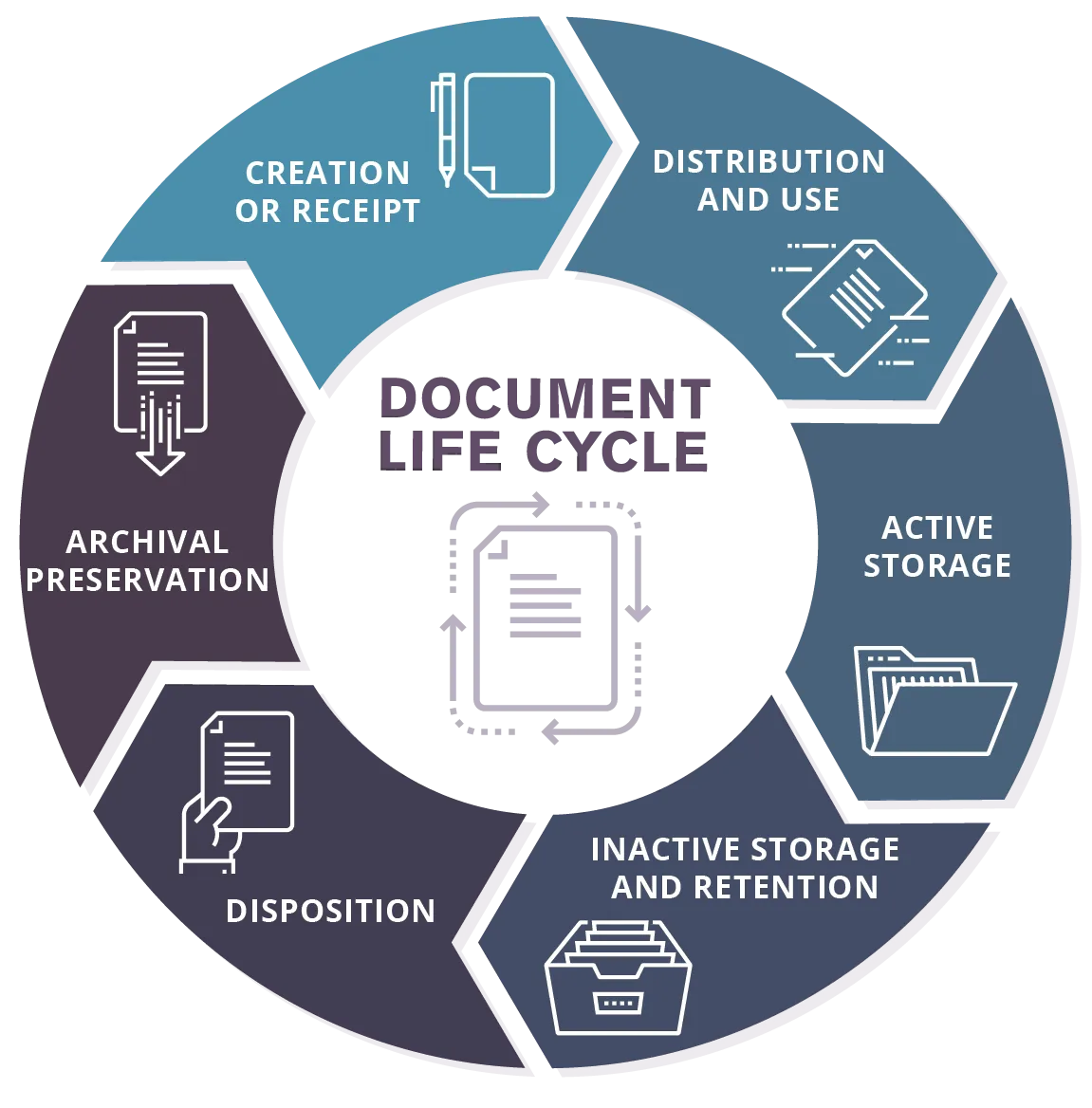
Solutions That Unlock The Intelligence In Your Documents
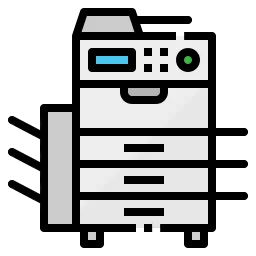
SMARTSCAN™ Digitization Services
Transform Physical Records into Secure Digital Assets.
We manage the complete, end-to-end process of converting your physical archives. From secure chain-of-custody logistics to high-fidelity scanning and data extraction, we turn your paper liabilities into a fully searchable, compliant digital resource.
Full-Text Searchable Archive
Meet NARA & Industry Mandates
Secure Chain-of-Custody/Processing
SMARTSCAN

Automated PDF
Accessibility
AUDITABLE Compliance, Delivered at Enterprise Scale.
Meet Section 508 and ADA Title II requirements without the high cost and long timelines of manual remediation. Our AI-powered service automates the complex process of making PDFs accessible, handling high volumes with speed and consistency.
Remediate Thousands of PDFs
Verifiable, Audit-Ready Reports
Reduce Costs by 95%+


FREEDOM™
ERM Platform
Deploy a NARA-Compliant ERM System in 5 Days.
A powerful ERM platform is only effective when implemented correctly. We leverage the FREEDOM™ platform to deliver a fully managed solution that guarantees rapid deployment and removes the burden of a complex IT project from your team.
‘Alive-in-Five’ Days Deployment
‘Secure FedRAMP Cloud Environment
NARA-Compliant Retention

Industries Served
Government
Education
Accounting
Legal
Medical
Real Estate

About DATA | FEDERAL
Data Federal is a professional services firm specializing in document transformation and lifecycle management for federal agencies and select commercial clients.
We move beyond general IT contracting to offer deep subject matter expertise, understanding that every government record tells a unique story, serves a vital purpose, and holds strategic value.
Our 20 years of experience, serving over 80 customers from the public sector to commercial partners, demonstrate our proven ability to deliver document solutions that meet the highest standards of precision, compliance, and innovation.
Copyright © 2025 Data Federal Corp






